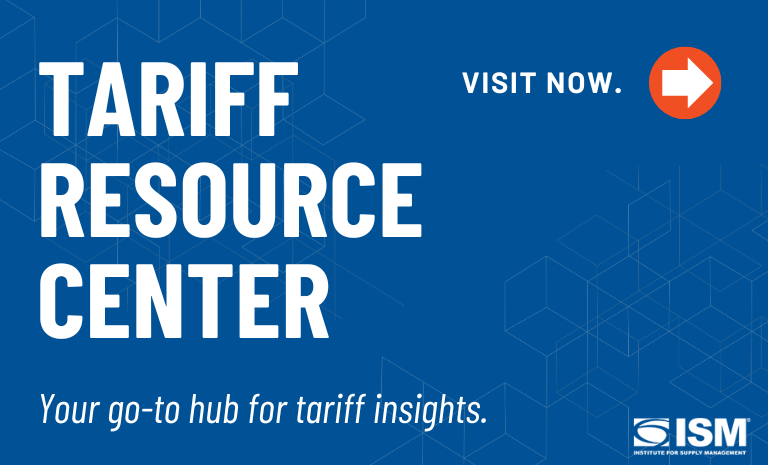Navigating Tariffs Is Like Surviving a Storm

The consequences of tariffs are similar to those of natural disasters, Oliver Hedgepeth, Ph.D., professor at American Public University System in Richmond, Virginia, says: “They are a storm that has hit us, and we have to learn how to survive.”
He continues, “I’ve seen many major companies fold for many reasons. Companies need to make a profit, and tariffs do impact that profit.”
But surviving tariffs means more than surviving profit scares. Tariffs are redefining our future as consumers and business professionals, Having to manage tariffs is causing us to think differently — as business managers.
Cost and Price
Dealing with tariffs isn’t just about changing prices to ensure profit, Hedgepeth says. It’s understanding with contributes to those prices.
“One of the things I talk about with my students is the price of coffee,” he says. “You have to know what the coffee supply chain manager knows. Where is the coffee from? Brazil? The coast of Africa? You have to know that it takes four years for a coffee bush to produce the beans.”
Has there been a storm, hurricane or other natural disaster that has impacted the coffee beans’ growth? Have there been labor issues? Are there logistical challenges along the end-to-end supply chain?
All these factors impact the price. But so do the multiple borders — borders with tariffs — the beans must cross before getting to the local coffee shop, Hedgepeth says. It’s managing the supply route as well.
The Supply Chain Compass
Tariffs are changing the supply chain map, Hedgepeth says. “Supply managers need a new compass, because the old compass isn’t working anymore,” he says. “(It’s as if) you’re not really sure where north, south, east or west are anymore. You need a new compass to make sure you’re going the right way.”
That’s because there are tariffs on top of tariffs. Also, raw materials, components and inputs come from a variety of countries. Managing tariffs is about understanding how these dynamics interact, Hedgepeth says.
“If someone wants to make a pen, it has a little of steel and some rubber and plastic in it. The plastic may start with raw material from an oil well in Canada or Alaska before it turns into plastic in a manufacturing process,” he says.
“The steel spring may start in a mine in another country; it has to be imported into our system — say, through the port of Baltimore — then get distributed to a manufacturing plant makes the springs and other steel products. All of these movements are impacted by tariffs.”
The Reshoring Conundrum
Reshoring and “made in America” are two themes emerging from tariffs disruption. But given the interconnectedness of supply chains, manufacturing an item that solely uses American raw materials and inputs is virtually impossible, Hedgepeth says.
What is the definition of made in America? “I’ve looked it up and I’ve had my students look it up,” he says. Completely made in America is possible, for example, if you grow the cotton, spin it and weave it into something, he says.
“But guess what? It’s got color in it. I didn’t grow the color. I had to go somewhere and buy it in a plastic bottle,” Hedgepeth says. “That bottle may have been made in India, and the color may have come from Canada or Vietnam or another country. Is the item still made in America?”
Tariffs Are Like Barnacles
The tariffs serve as an important learning experience for students as well as professionals in how to think like a business manager over supply chains and logistics, Hedgepeth says.
Metaphors and situations can help make more sense of the situation, he says.
Hedgepeth related a story about how he once owned a sailboat and spent 10 years sailing Chesapeake Bay. Although he knew how fast the sailboat could go, at the end of every year, it would slow down. “Instead of going 8 miles an hour, I was going 5 miles an hour,” he says. “I wondered what was going on.”
Then, he discovered the bottom of the boat was covered in barnacles. “That’s what a tariff is,” he says. “A tariff is the barnacle on a sailboat. It slows the speed down.” The same is happening with supply chains: They are slowing down.
Although tariffs are creating storms in many directions, astute businesses and their supply managers should be able to see the inclement weather coming — and take steps to manage it, Hedgepeth says.

